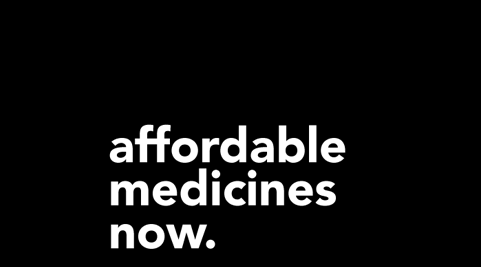Have you ever wondered what a future pharmacy will look like?
Well, we got to see exactly that during the APP conference in March.
Guild Tasmania President Helen O’Byrne gave us a glimpse into the future in a very detailed presentation.
Helen is the Chair of the Guild’s Workplace Relations Committee and has a great insight into what the industry is aiming for in the future, and how it will affect the workforce.
More services
Pharmacists were already held in high esteem in the community before COVID-19, but ever since the pandemic, pharmacists are now more recognised for the difference they have made.
According to Helen, this recognition is built on:
- The way pharmacies stayed open and responded during the pandemic.
- Administering more than nine million vaccinations.
- Continued dispensing not just during the pandemic but also throughout fires, floods and beyond.
- The successful pilot in Queensland where pharmacists showed appropriate and responsible prescribing of treatment for uncomplicate urinary tract infections.
This in turn will lead to pharmacies providing more services.
As Helen says: “If it relates to medicines and therapeutics, then you can expect that pharmacists will have a role; prescribing, dispensing, administering and reviewing.”
More scope
More scope of practice means pharmacists will be in more places and doing more things.
Expect to see more pharmacists in hospitals, residential aged care homes and in hospices, in fact anywhere where therapeutic and medication choices are made, expect to see a pharmacist there.
This will also necessitate pharmacists working to their full scope, using their knowledge of medicines and therapeutics “to the full”.
According to Helen O’Byrne this will lead to more satisfying roles for pharmacists by using their clinical knowledge more often, not just in hospital settings but in community pharmacies as well with greater engagement with your patients.
Expect community pharmacies into the future to provide more common ailment services such as vaccinations, residential care services, diabetes care, wound care services, medication management and more.
This higher level of service and expertise will lead to an even higher recognition of pharmacists as primary health professionals.
This recognition of the profession will also be further enhanced through changes to legislation and regulations, more engagement in interdisciplinary communication and through full integration into digital information systems such as ‘My Health’.
What it means for the workforce
By now many of you may well be asking: “How is my pharmacy going to do all of these things when we are having trouble trying to find pharmacists in our current environment?”
It’s a fair question, and one the Guild is fully aware of.
It’s also a question occupying the minds of health professionals and leaders at all levels.
Guild modelling has shown the current shortage of pharmacists in the workforce is around 2,000 and that number is growing.
Although there has been growth in the number of pharmacists entering the workforce, it’s not enough.
Put simply, demand is outstripping supply.
The Guild’s own data from workforce surveys shows:
- Over 30% of vacancies are new positions
- Headcount vacancies may be 25% higher than reported vacancies
- Vacancies exist across the entire workforce, that is pharmacists, pharmacy assistants and dispensary assistants
Solving the workforce issues will not be easy in the immediate future however the Guild is already taking steps to mitigate problems starting with the survey offered at APP.
The Guild is already working on upskilling the workforce to meet the future challenges and opportunities including full scope.
New pharmacy graduates will need to be educated so that they are prepared to meet the needs of an increasingly dynamic profession.
Employers should also harness the energy and enthusiasm of incoming pharmacy graduates by providing pathways to allow them to grow in community pharmacies while at the same time helping to address the workforce shortage.
The role of pharmacy assistants will also need to evolve so that they can provide more support in clinical and professional services.
And finally, pharmacists will need to embrace technology and automation by using escripts, greater IT integration, robotic stock and storage retrieval systems, as well as online booking services, to name a few.
This will take some investment both personally and financially, but the rewards will help free up so many of you tied up in paperwork and free pharmacists to concentrate more on patients and expanding their role in the community.
It will also mean some letting go of the reigns to allow more outsourcing and delegation.
As Helen O’Byrne says change is coming, whether we like it or not. The question to you as a pharmacist is, will you be ready?


